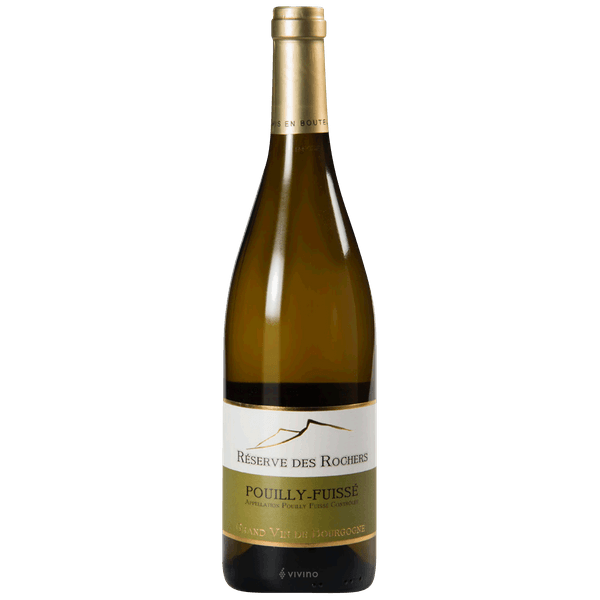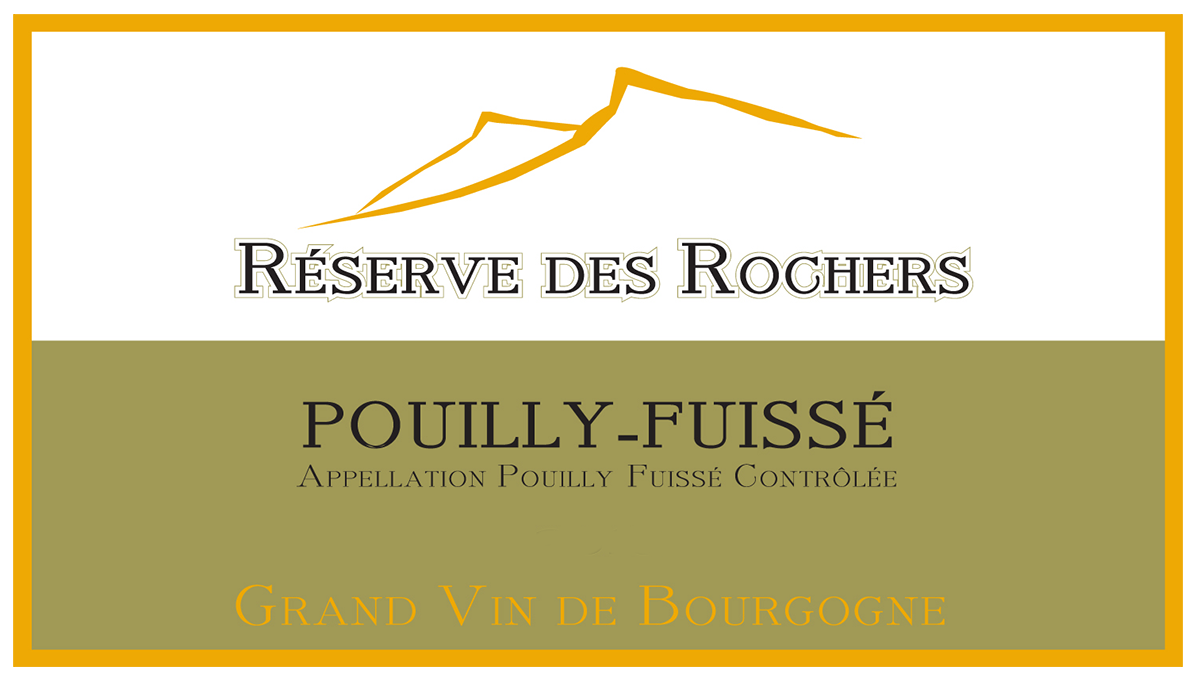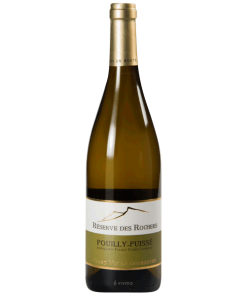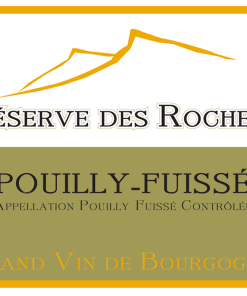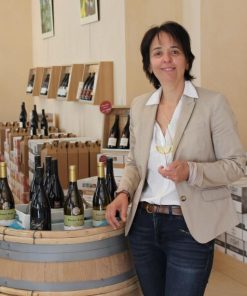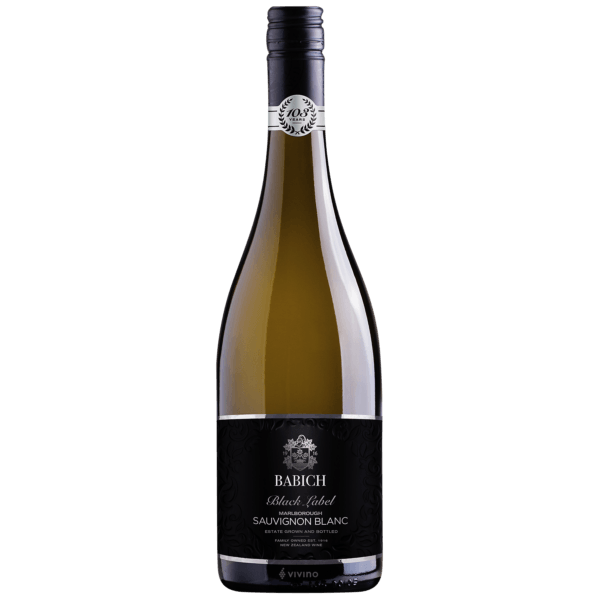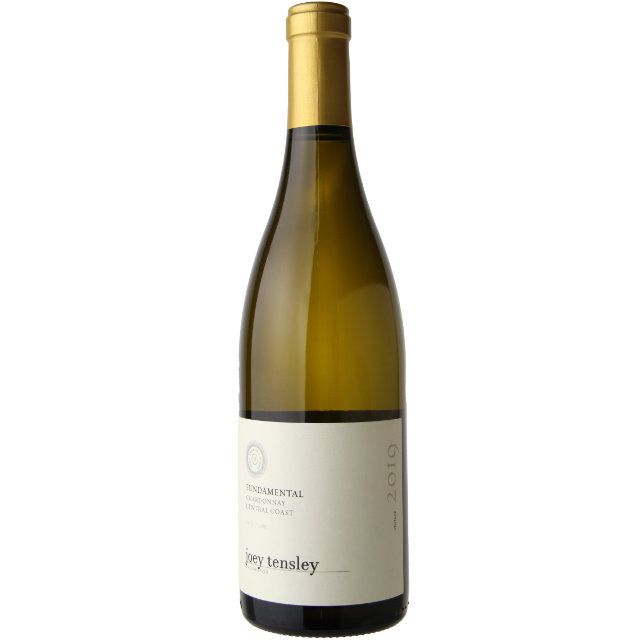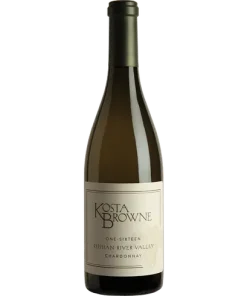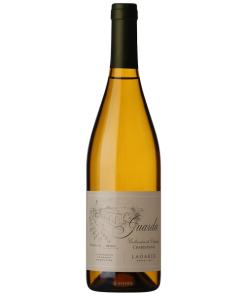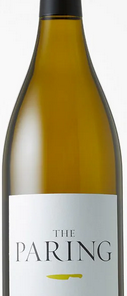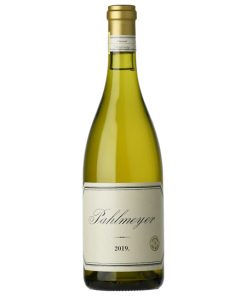2019 Reserve Des Rochers Pouilly Fuisse
$37.99 Original price was: $37.99.$22.99Current price is: $22.99.
Beautiful Straw Hue With Mineral Notes And Aromas.
Out of stock
2019 Reserve Des Rochers Pouilly Fuisse
2019 Reserve Des Rochers Pouilly Fuisse This 2019 wine has a beautiful straw hue with mineral notes and aromas. A finely tuned backbone of acidity is complimented by ample fruit flavors such as ripe pear and apple.
Réserve des Rochers
Rochers is named for the famous “Roches” or limestone cliffs of Solutre and Vergisson in Burgundy, France. Founded in 1928 on the site of a Gallo-Roman villa which was one of the most important wine estates in the region, the cellar of Chaintré is one of the oldest in France.
Founded in 1928 on the site of a Gallo-Roman villa which was one of the most important wine estates in the region, the cellar of Chaintré is one of the oldest in France.
Chardonnay Wine
Chardonnay is the world’s most famous white-wine grape and also one of the most widely planted. Although the most highly regarded expressions of the variety are those from Burgundy and California, many high-quality examples are made in Italy, Australia, New Zealand and parts of South America.
Describing the flavors of Chardonnay is not easy. While many Chardonnay wines have high aromatic complexity, this is usually due to winemaking techniques (particularly the use of oak) rather than the variety’s intrinsic qualities. Malolactic fermentation gives distinctive buttery aromas. Fermentation and/or maturation in oak barrels contributes notes of vanilla, smoke and hints of sweet spices such as clove and cinnamon. Extended lees contact while in barrel imparts biscuity, doughy flavors. Because of this high level of winemaker involvement, Chardonnay has become known as the “winemaker’s wine”.
The variety itself (although often said to be relatively flavor-neutral) is responsible for most of the fruity flavors found in Chardonnay wines. These range from the tropical (banana, melon, pineapple and guava) to stonefruits (peach, nectarine and apricot), citrus and apples.
Climate plays a major role in dictating which fruit flavors a Chardonnay will have. Broadly speaking, warm regions such as California, Chile and much of Australia tend to give more tropical styles. Temperate zones such as southern Burgundy or northern New Zealand create wines marked out by stonefruit notes. The very coolest Chardonnay vineyards (those in Chablis, Champagne and Germany) lean towards green-apple aromas.
Mineral descriptors such as chalk, wet stones and crushed seashells also find their way into Chardonnay tasting notes. These are sometimes attributed to the soils in the vineyard, although the relationship between soil and wine flavor has become widely exaggerated. The most famously minerally Chardonnay wines are those of Chablis, one of the very few wine regions to focus on a largely unoaked style of Chardonnay.
Although most famous for its still, dry wines, Chardonnay is used to produce an impressively diverse range of wine styles. The variety is put to use in sparkling wines all over the world (most famously Champagne), when it is usually paired with Pinot Noir. It can also be found in sweet botrytized and late-harvest wines; Canada even produces sweet Chardonnay ice wines.
Chardonnay is particularly popular with wine producers, not least because it has a reliable market of keen consumers. The variety produces relatively high yields, will grow in a broad spectrum of climates and can be made into wine of acceptable quality with relative ease. In poor vintages, deficiencies can be covered up with oak flavors, reducing the financial impact of a bad harvest.
Related products
Wines!
Chardonnay
92pts Vinous, Save 31%
Wines!
California
93pts WE Save 29%
